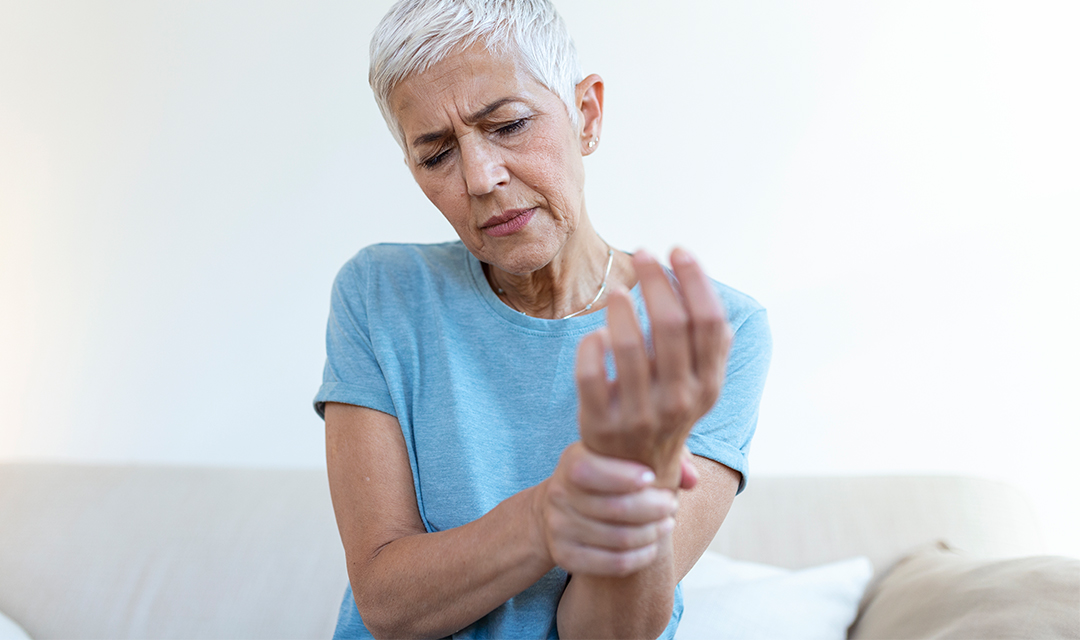Insight Comprehensive Therapy – When you think about physical therapy, treatment for back and neck pain or recovery from accidents and surgery are likely some of the first things that come to mind. But did you know that physical therapists play an essential role in helping patients experiencing a diverse range of conditions reduce pain, regain independence, and improve quality of life? Physical therapists are specialists of the human body and have extensive expertise in treating everything from complex health issues to everyday injuries.
Whether you have been diagnosed with a particular condition or are simply experiencing general pain that is impacting your ability to move freely, a physical therapist may be able to help you. Here are 10 conditions you probably didn’t realize can be treated with physical therapy.
Headaches
Headaches and migraines are one of the most common causes of chronic pain, but many people are not aware that PT is a safe and effective way to get relief. Headaches are often the result of musculoskeletal issues, tension, and poor posture. Through muscle relaxation techniques, massage, stretching, therapeutic exercises, and guidance on proper ergonomics, it is possible to alleviate symptoms naturally with PT.

Balance Issues
Problems with balance can be caused by a number of issues, including neurological conditions and car accidents. Although a physical therapist will not be able to cure these issues, they are able to help patients with balance exercises, gait training, and vestibular (inner ear) therapy. They will also work with you to develop fall prevention strategies and home exercises so you can work to improve your balance outside of PT.
Posture Correction
Posture plays a key role in almost every aspect of our bodies and health. Bad posture can cause joint and muscle pain, spinal curvature, headaches, breathing dysfunction, digestive issues, poor circulation, and impaired balance. If you are experiencing any of these conditions, a physical therapist can work with you to identify what is causing your poor posture and provide interventions such as exercise programs and muscle strengthening to encourage proper spinal alignment.

Arthritis

Almost 25 percent of adults in the United States experience arthritis, a condition that causes painful swelling and stiffness of the joints. Yet many people do not realize that PT can help you manage your arthritis symptoms. For example, exercise programs improve flexibility and strength, heat and cold therapy alleviate inflammation, and joint protection techniques prevent stress and grinding in affected joints. Physical therapists can also recommend assistive devices and home exercises to help maintain joint function.
Carpal Tunnel Syndrome
Carpal tunnel syndrome is a condition that causes intense pain, tingling, and numbness in the hand and wrist, often because of overuse. Through strength and stretching exercises, posture and ergonomics recommendations, wrist bracing, and nerve gliding techniques, PT offers a natural alternative to surgery that can significantly improve outcomes in people experiencing this recurring condition.

Vertigo
Physical therapy is highly effective in treating vertigo, a false sensation of dizziness, spinning, and movement that is commonly caused by problems in the inner ear. One of the most common techniques is the Epley Maneuver, which involves turning a patient’s head in certain positions to reposition calcified ear crystals that are causing a miscommunication between the brain and body.
Incontinence
Physical therapists specializing in pelvic floor therapy can help patients strengthen their pelvic floor muscles, improve bladder control, and manage symptoms of incontinence. Techniques such as Kegel exercises to strengthen the muscles responsible for bladder control and frequency, manual therapy, posture correction, electrical stimulation, and lifestyle modifications, are all effective in helping patients manage incontinence symptoms.
Plantar Fasciitis
Plantar fasciitis is a painful condition in the heel caused by inflammation and tears in the plantar fascia ligament. Through stretching and strengthening exercises, hands-on techniques, taping, and activity modification, PT can reduce pain, improve flexibility, and prevent symptoms from recurring.

Jaw Pain
Physical therapy is an effective treatment method for people experiencing TMJ, a common disorder that causes jaw pain, misalignment, and discomfort when chewing or talking. Various stretching and mobilization techniques, posture training, stress management strategies, and dietary recommendations can all help alleviate symptoms.
Injury Prevention
Whether you are an athlete, are pregnant, or are simply experiencing general aches and pains, it could be beneficial to visit a physical therapist. Preventive physical therapy can help you strengthen your body, improve mobility, and identify potential problem areas before they become major issues.

Physical therapy plays an important role in helping people recover from injuries and surgery, but physical therapists can also treat many everyday conditions and injuries with excellent results. To learn more about physical therapy and how it can improve your health and wellbeing, contact Insight Comprehensive Therapy today to schedule an appointment.
FAQ
Q: Is physical therapy painful?
A: One of the most common reasons people put off physical therapy is fear of pain. Although PT includes stretches, exercises, and other techniques that are designed to help the body get stronger and heal, you should not experience more than minor discomfort and soreness.
Q: Can physical therapy help me avoid surgery?
A: Although surgery can’t always be avoided, physical therapy should be considered prior to any invasive procedures. In many cases, PT can help patients avoid surgery entirely and get back to a normal, active lifestyle without pain or limited mobility.
Q: How long is a physical therapy session?
A: Most physical therapy sessions last between 30 and 60 minutes with a frequency of two to three visits a week. Staying consistent with appointments and at-home exercises is key to achieving results and returning to a normal, pain-free lifestyle.

